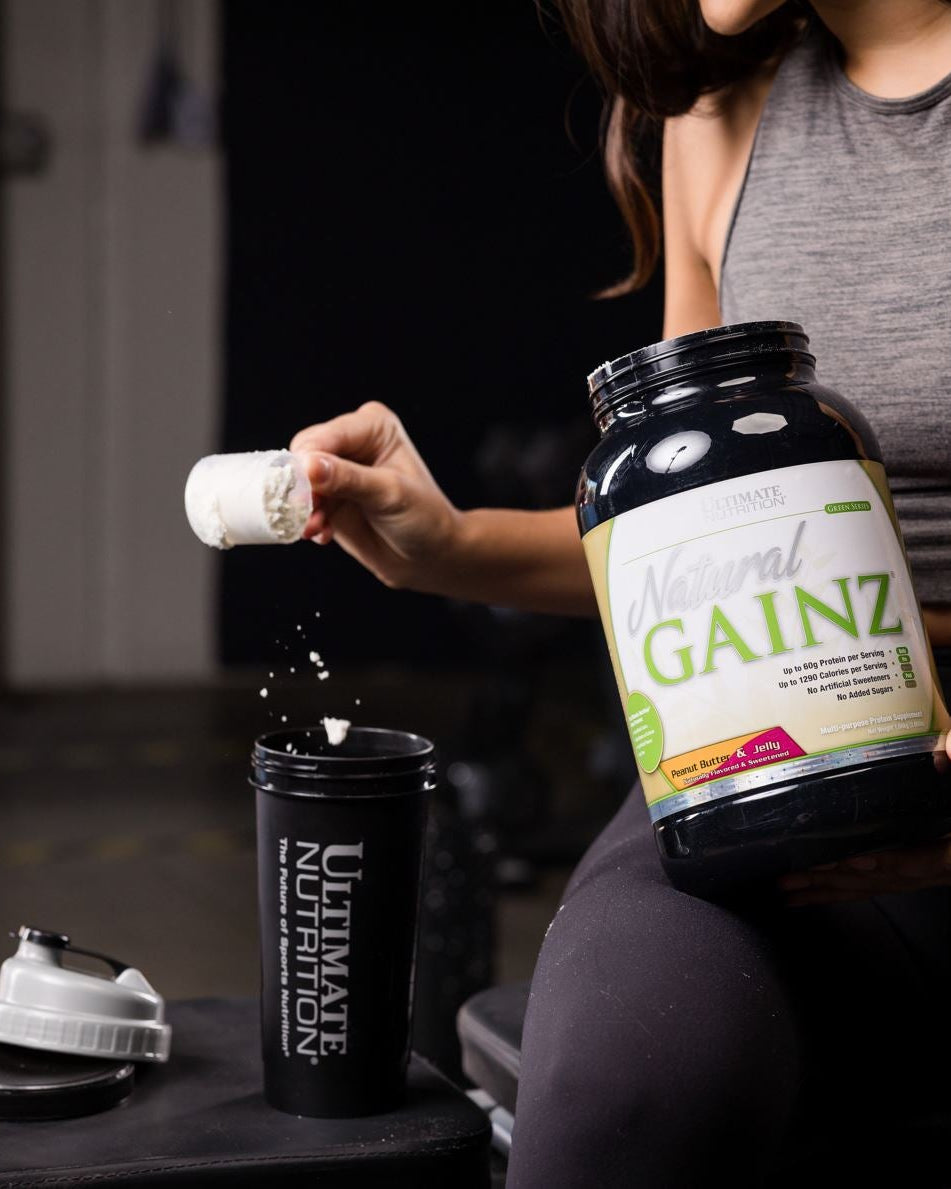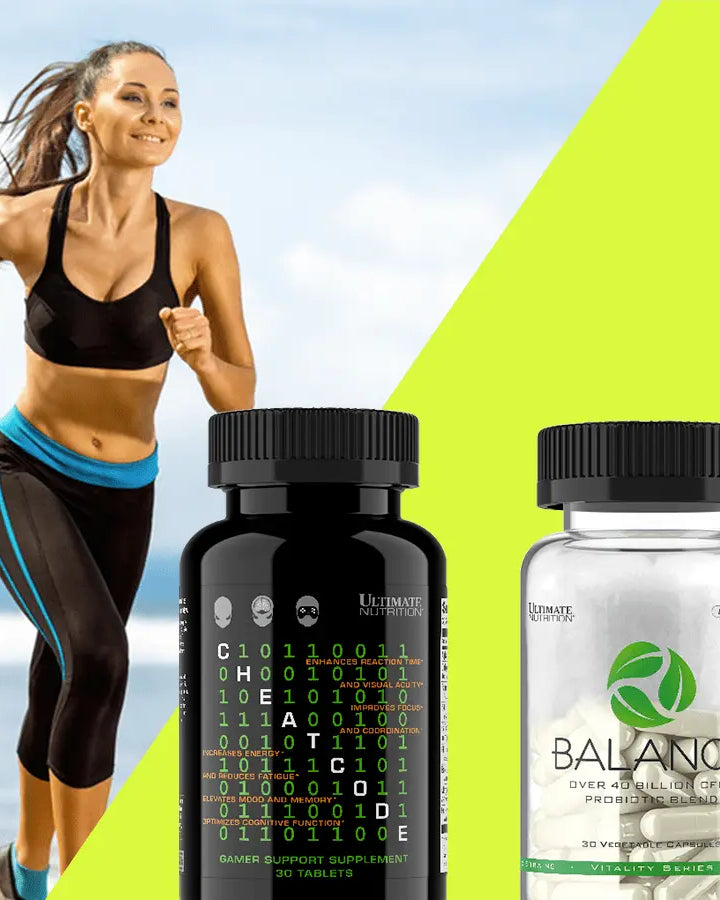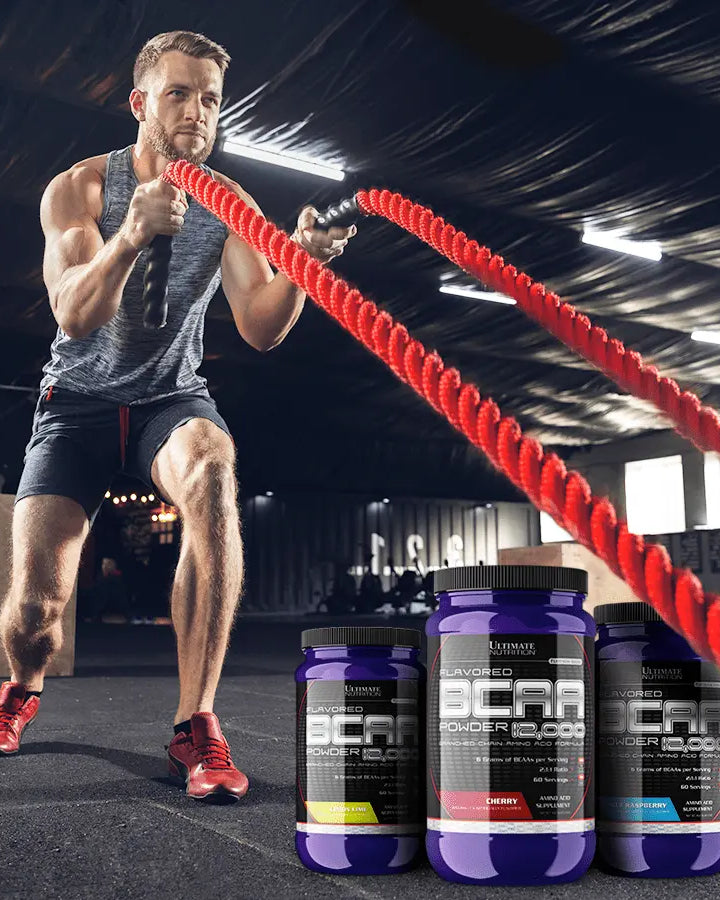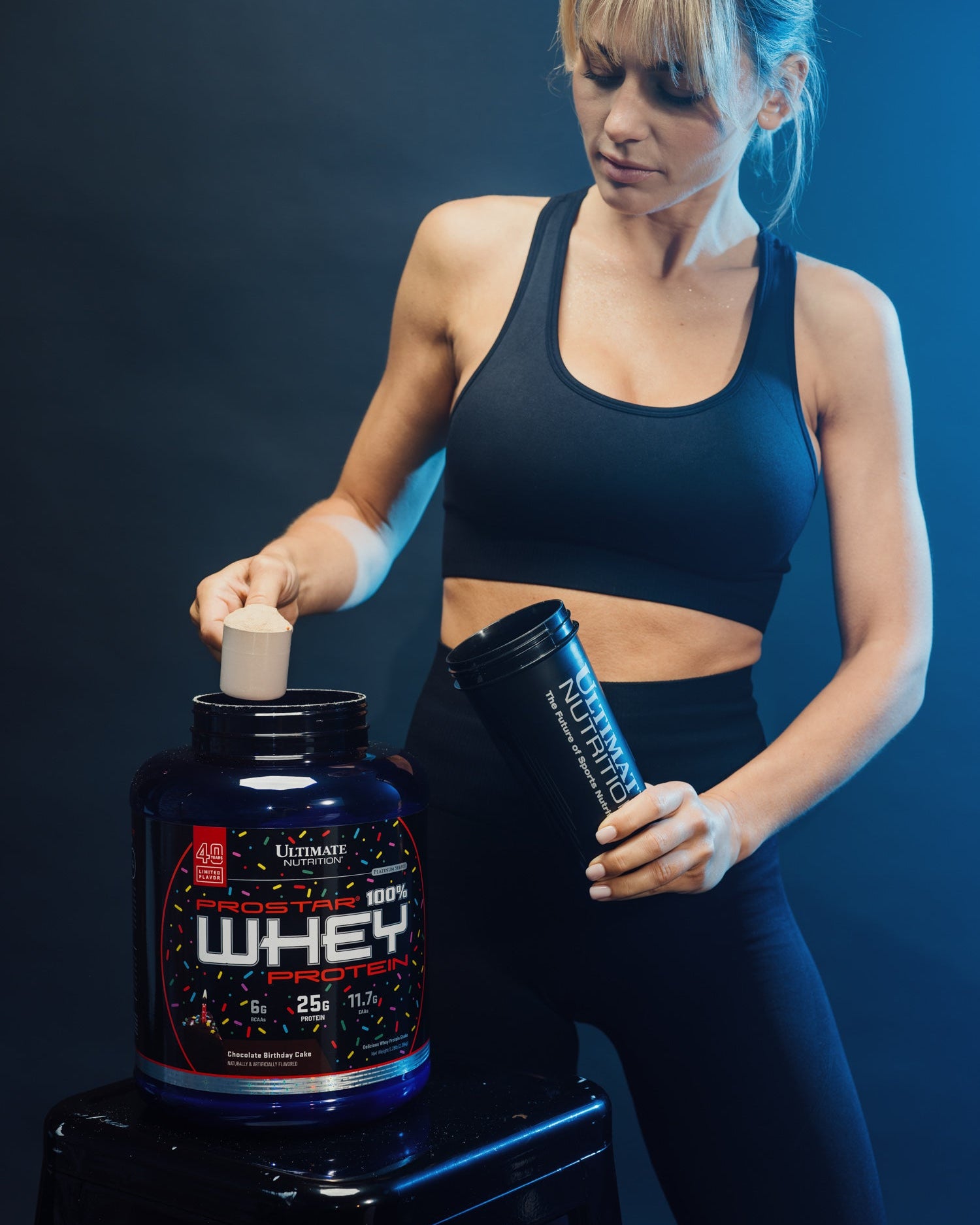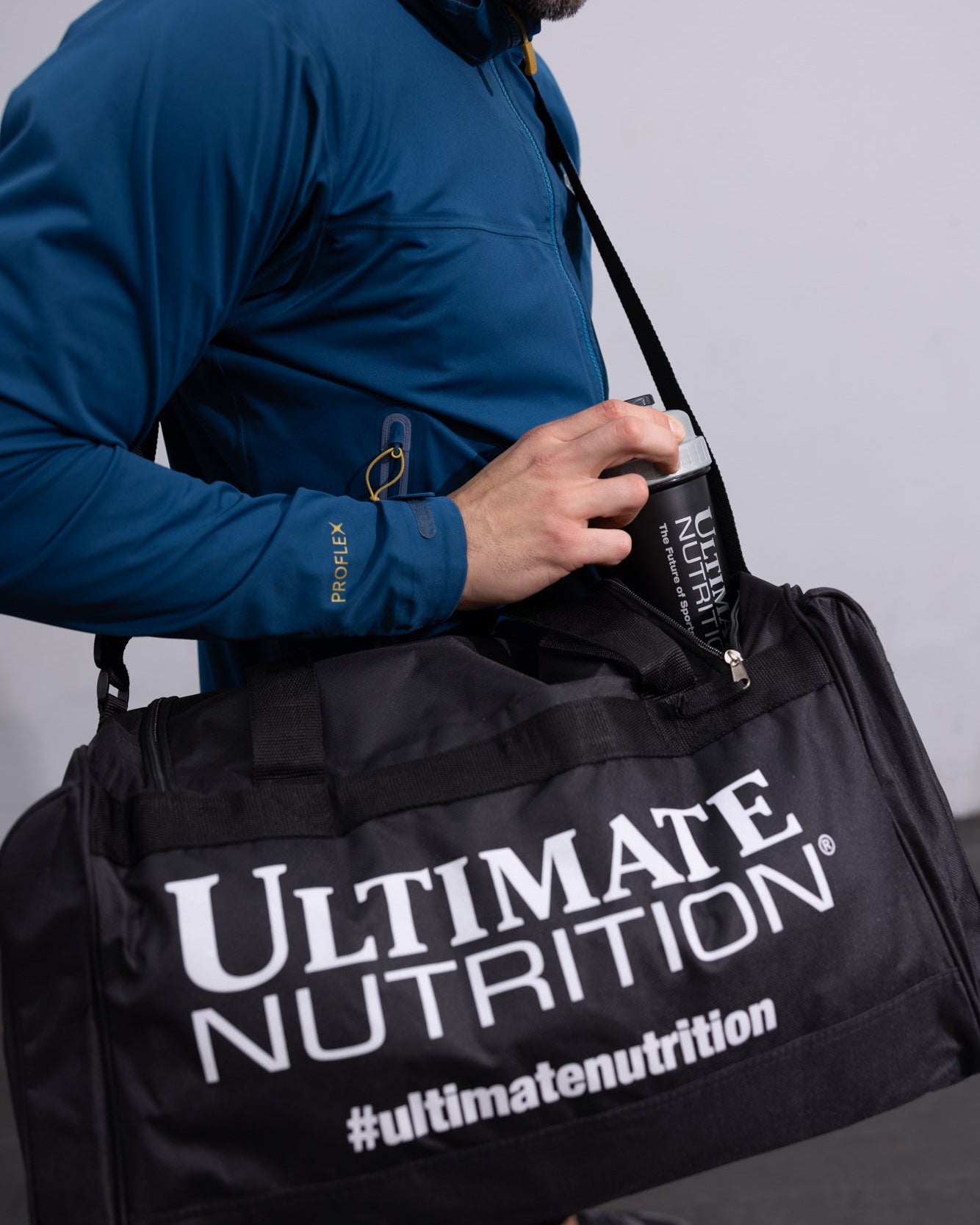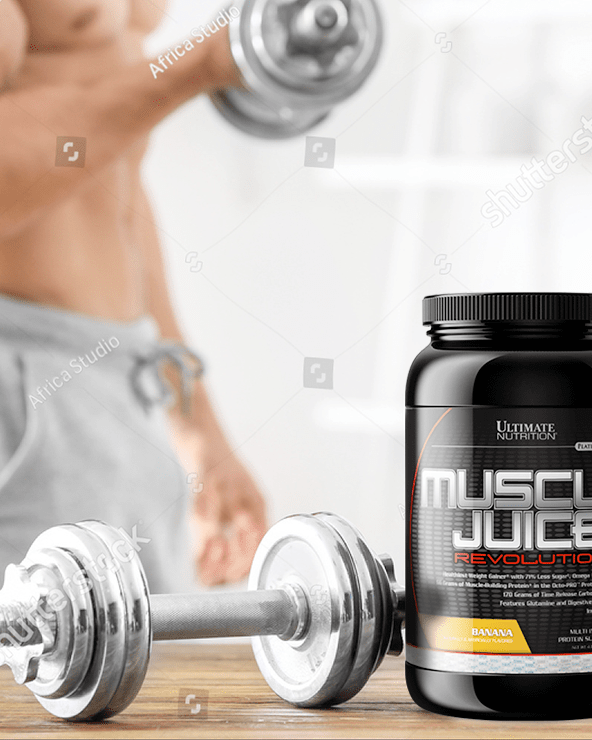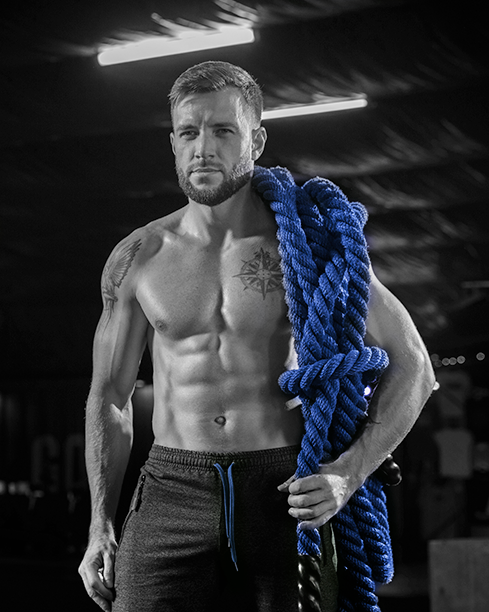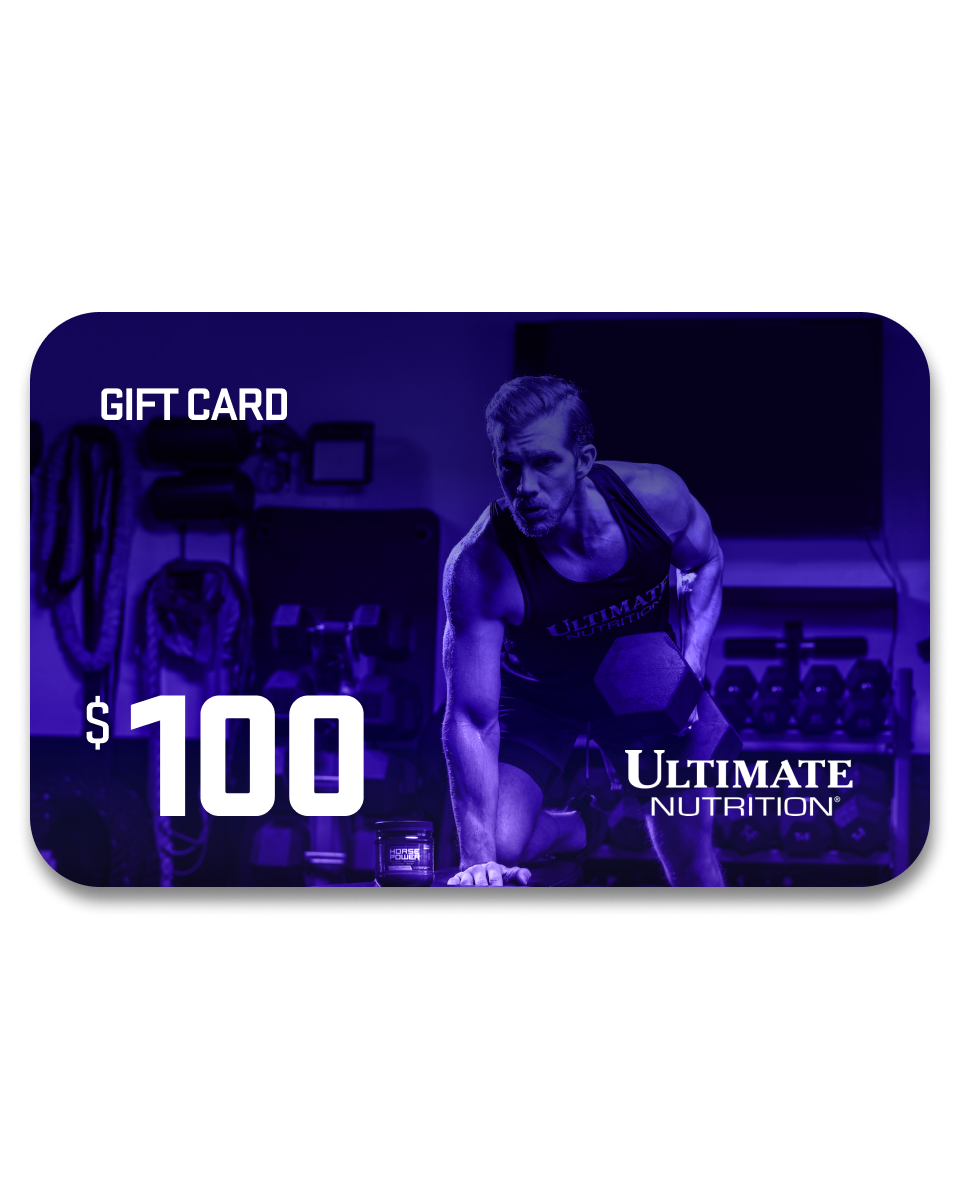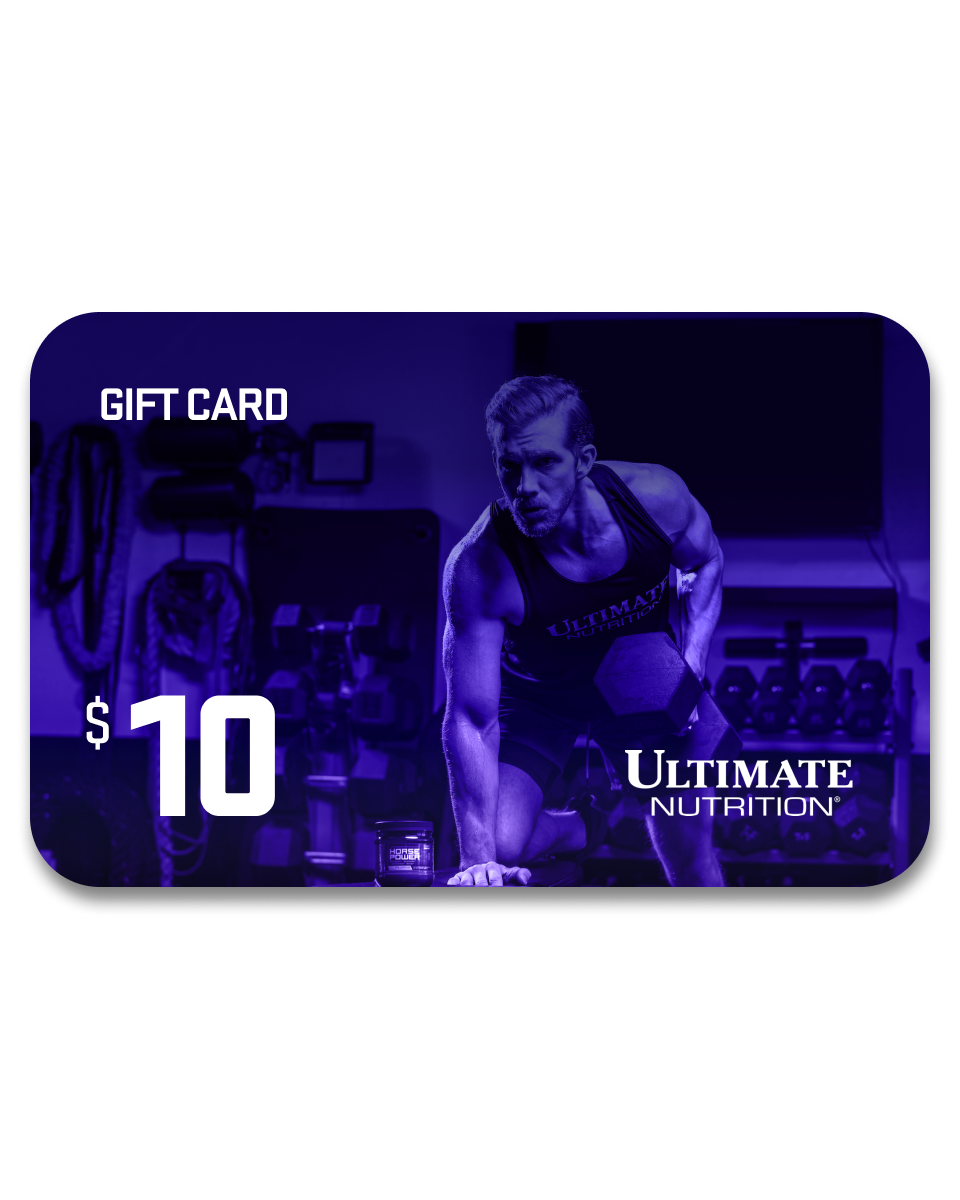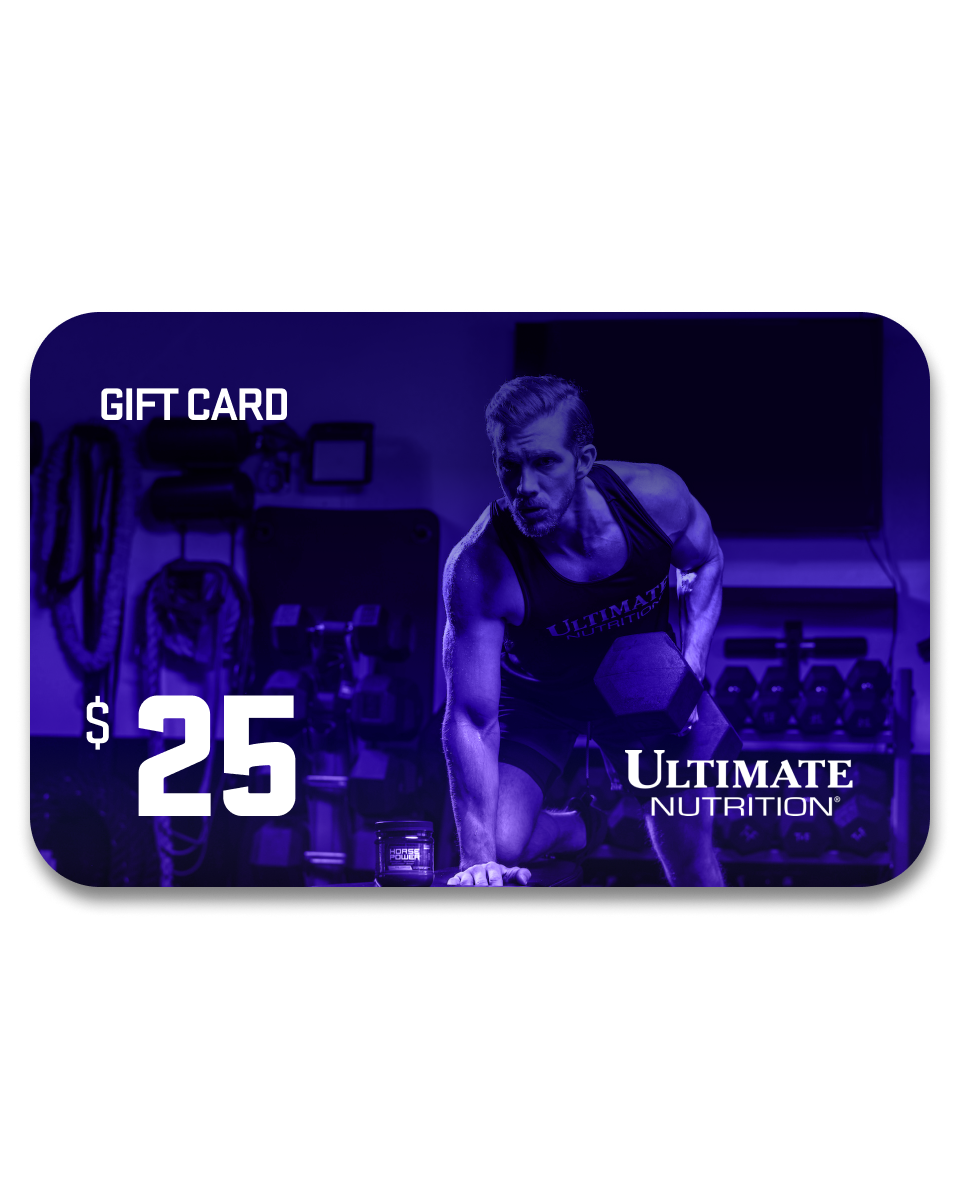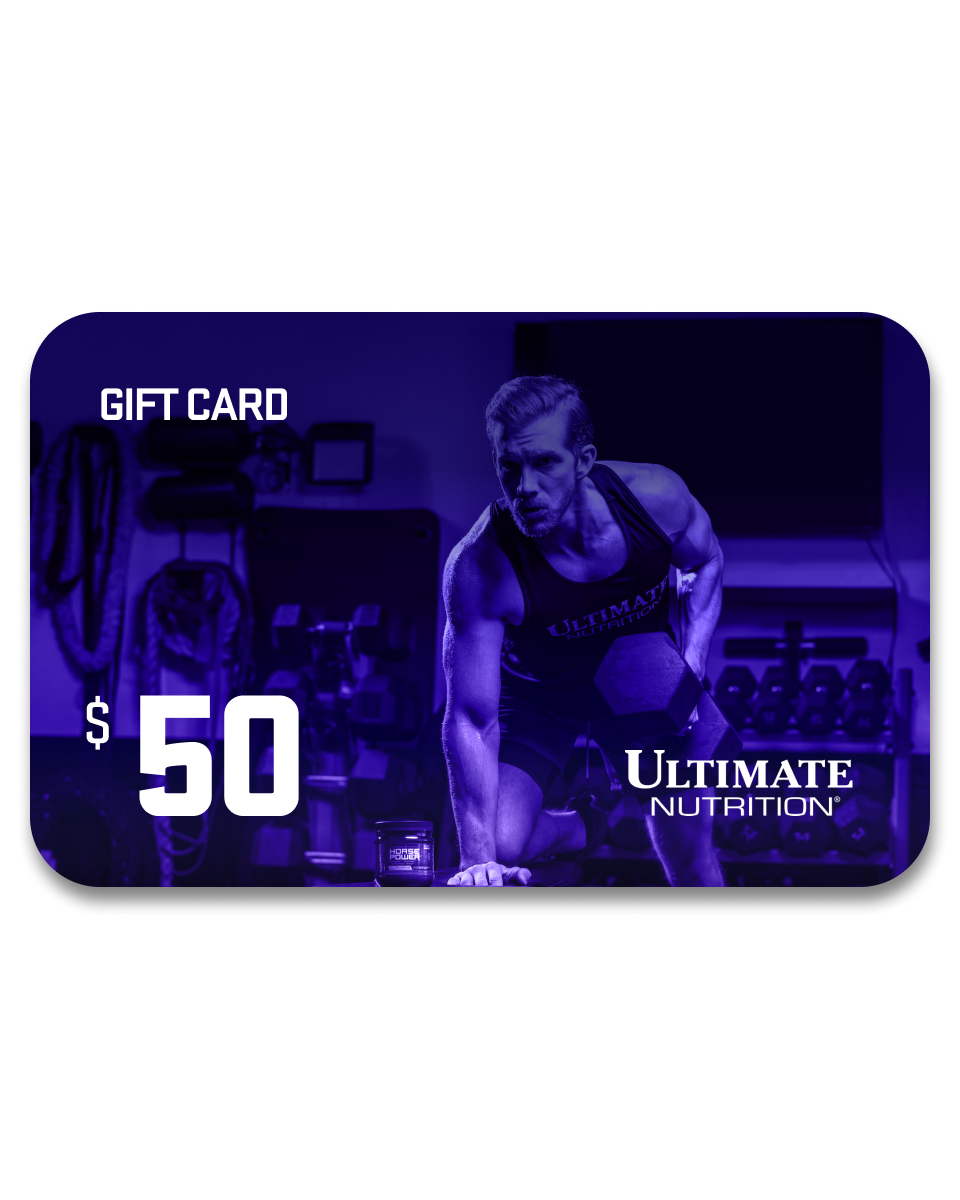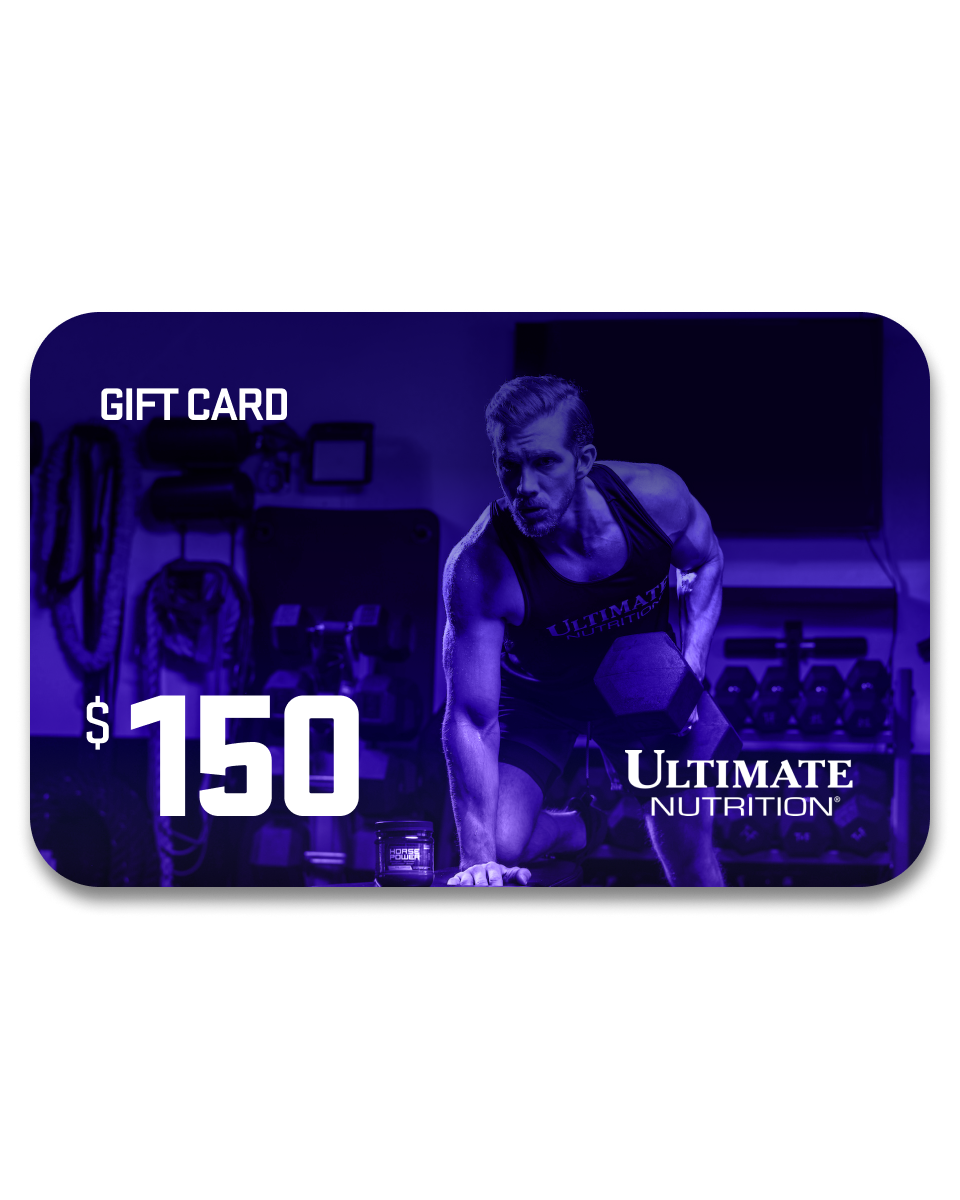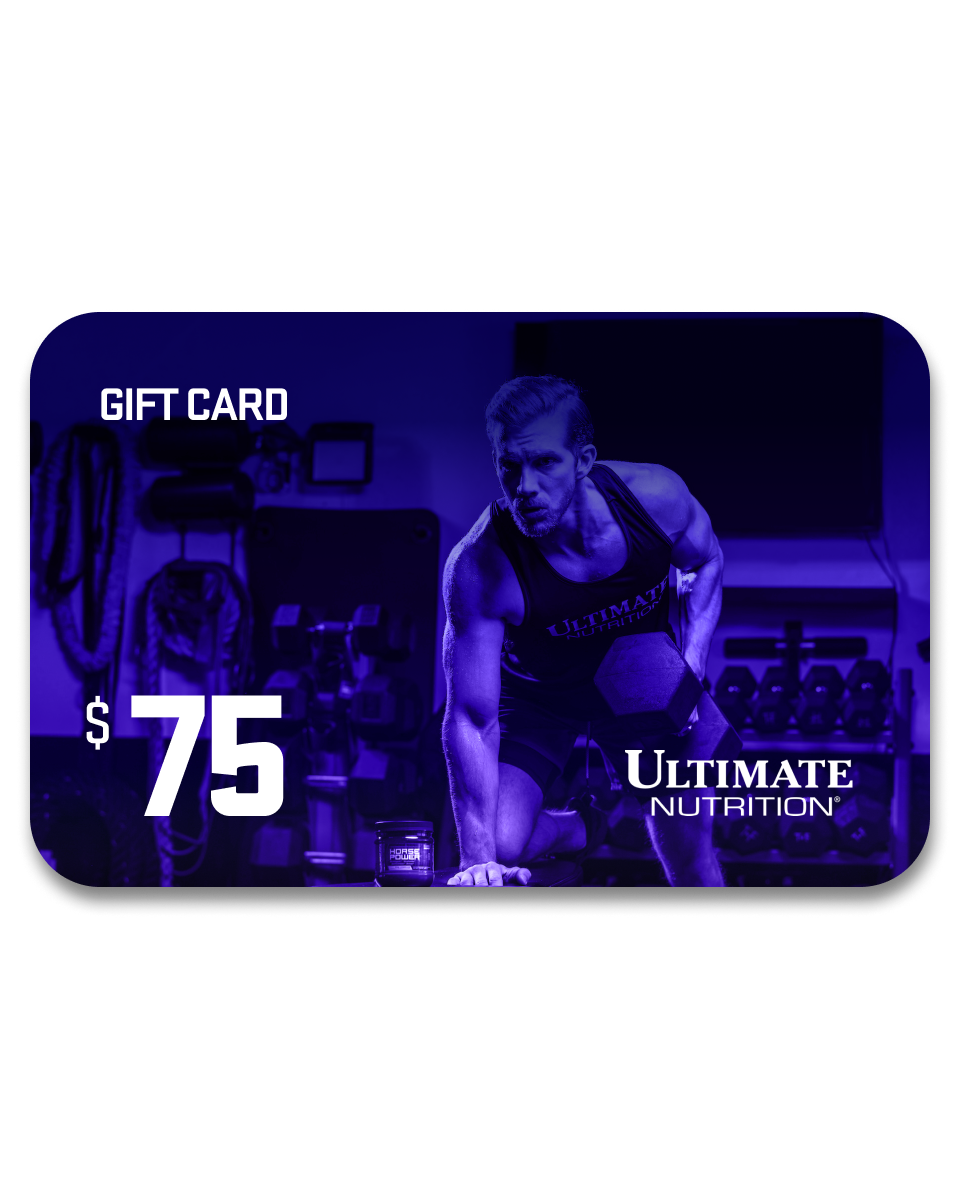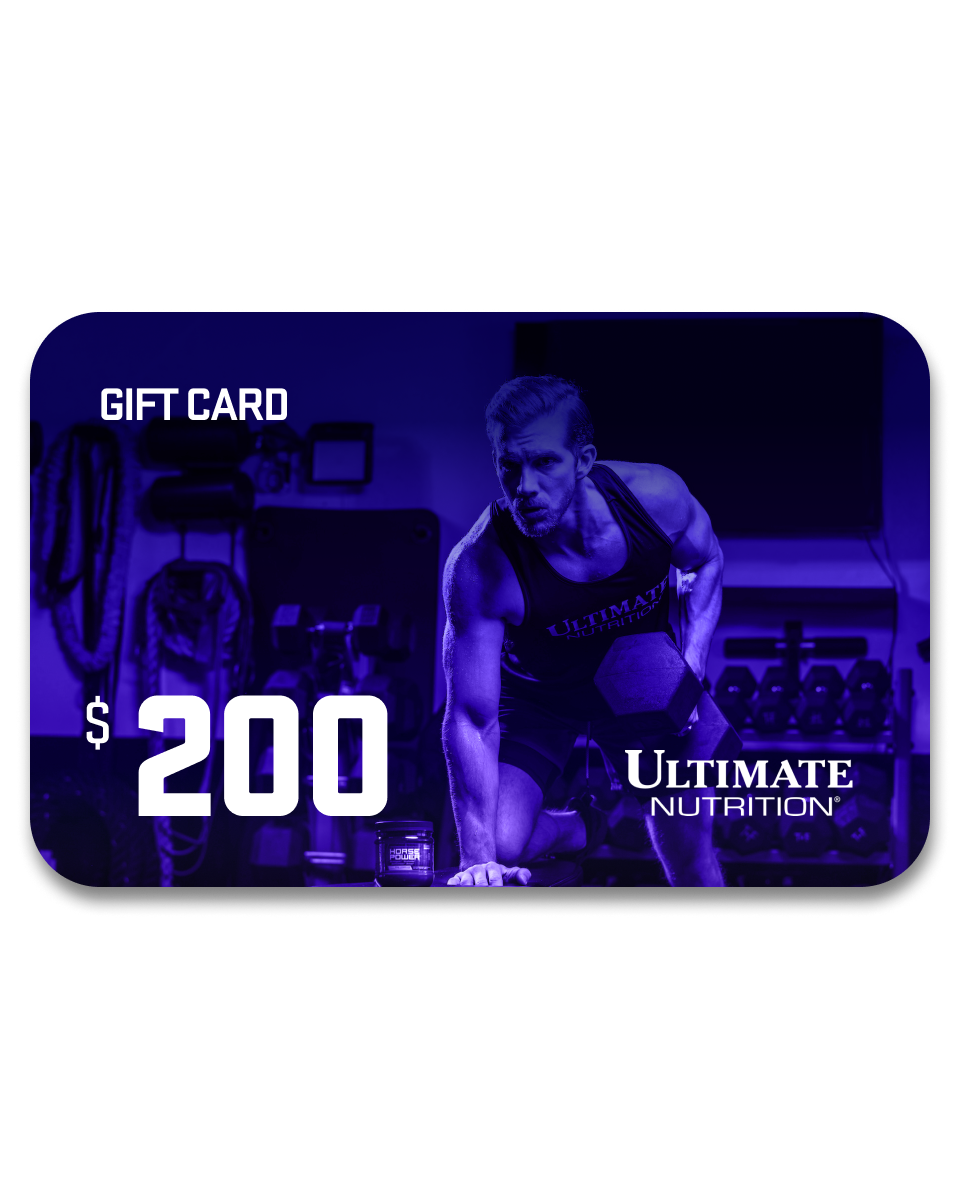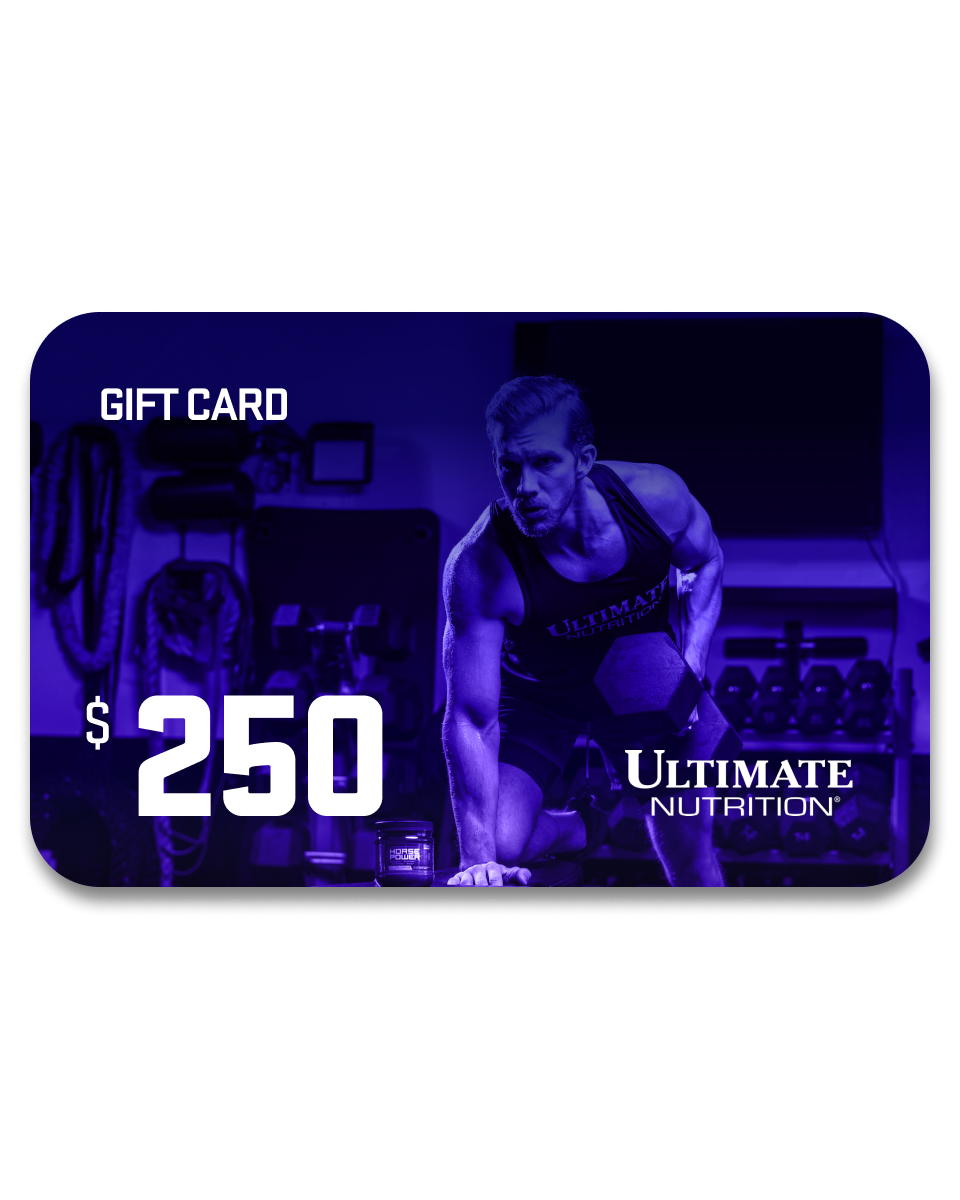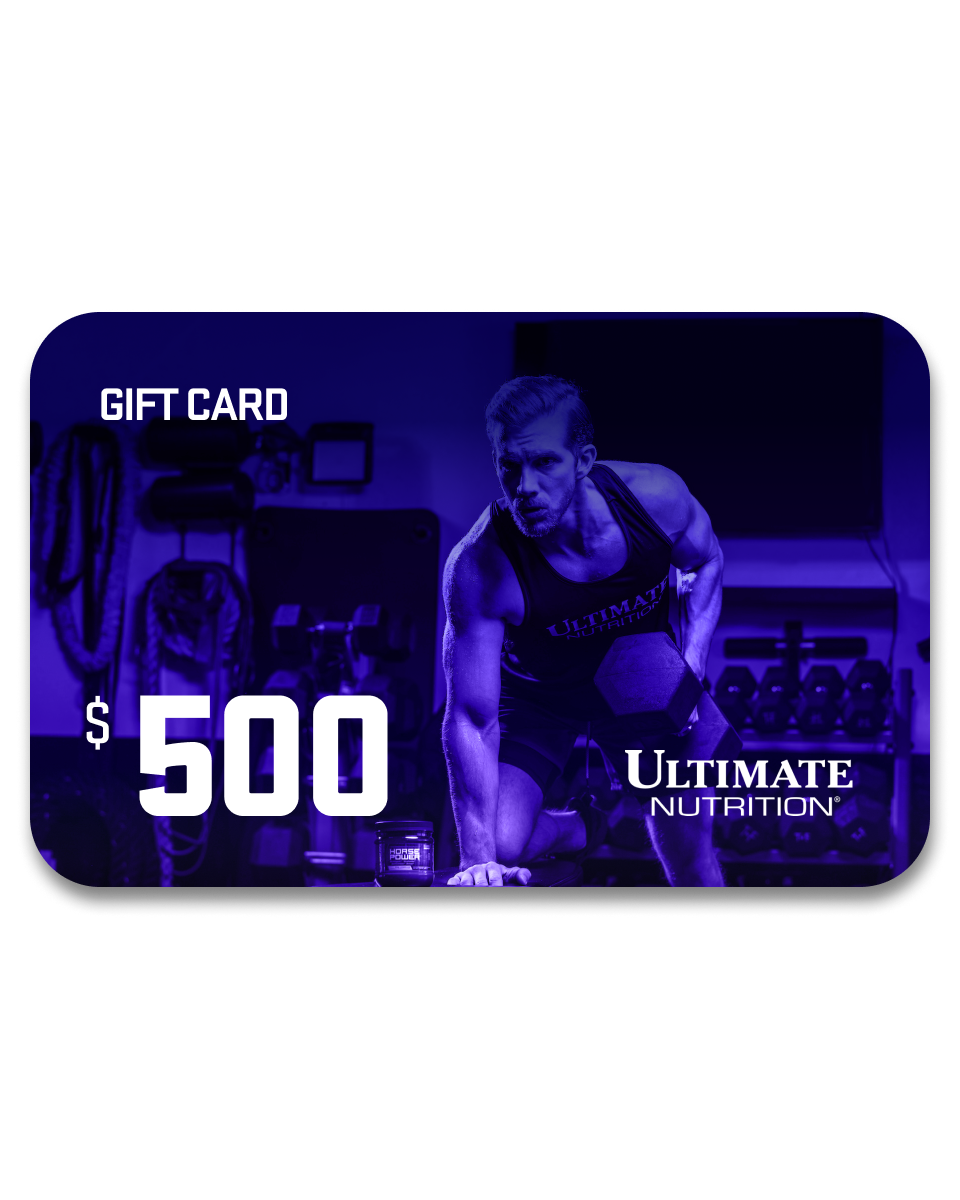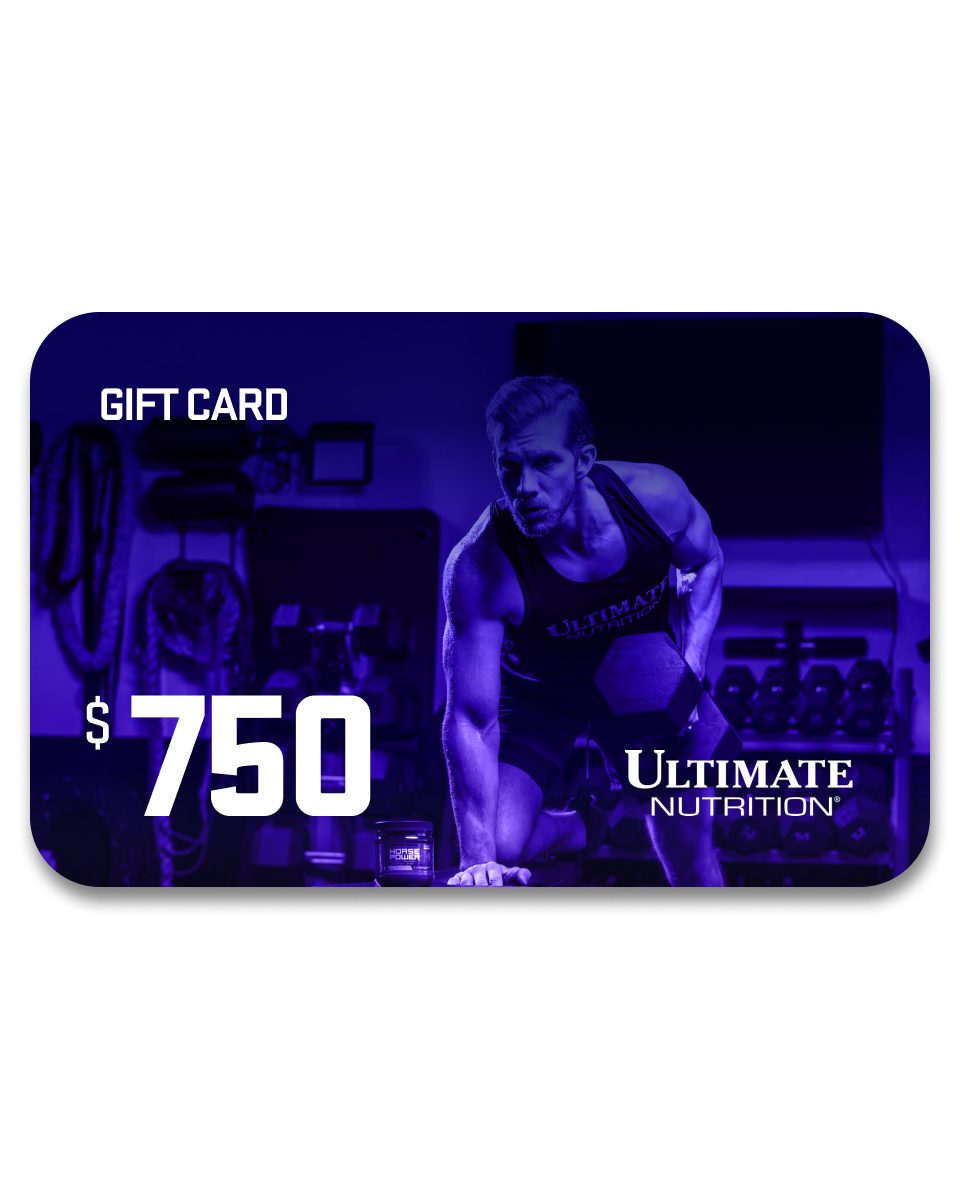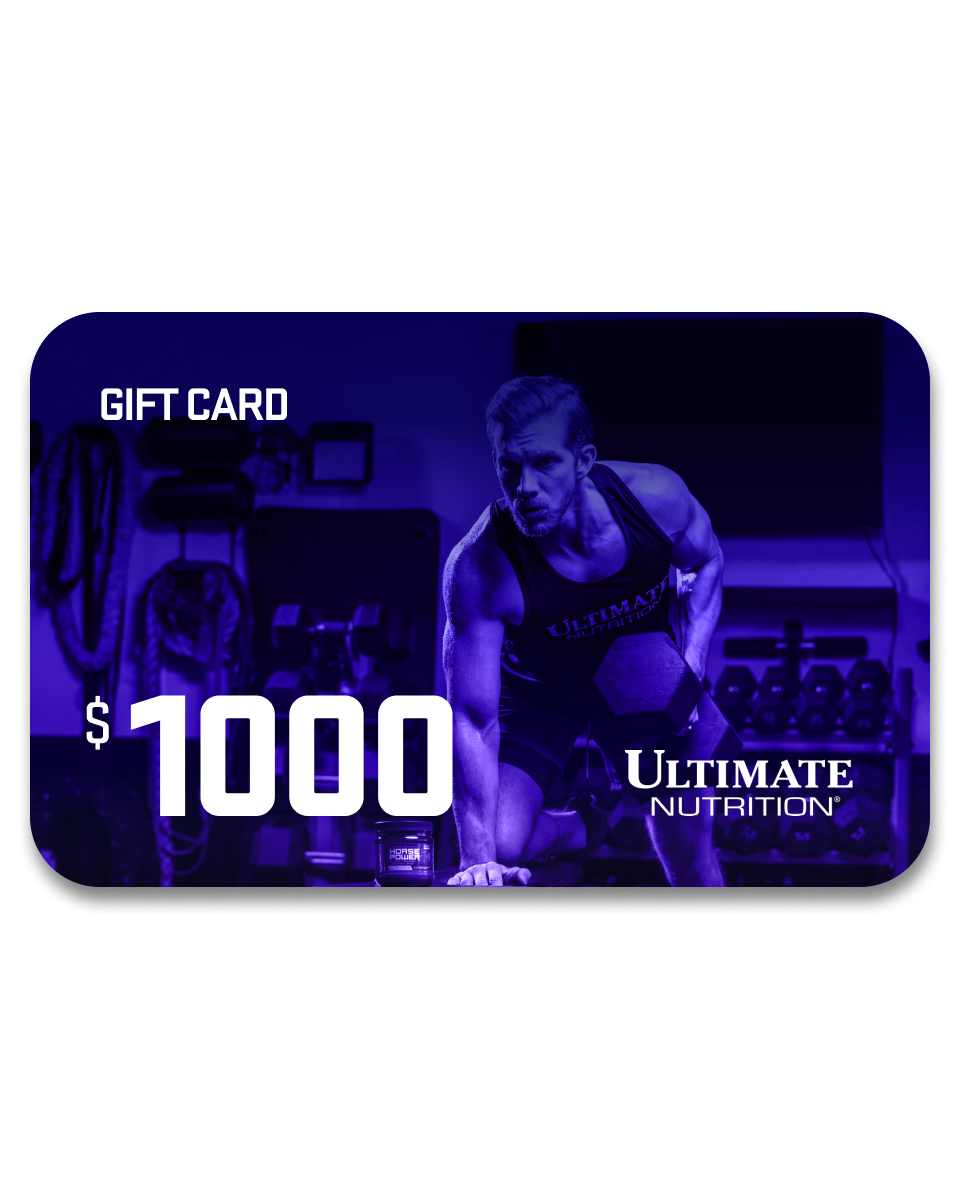Have you ever considered turning your peaceful daily walk into a powerhouse workout with just one addition? That's what rucking is all about.
Grab a backpack, toss in some weight, and you've just upgraded your stroll to a full-scale fitness regimen.
Let's dive into how this simple tweak can supercharge your health and why everyone's talking about rucking.
What Exactly is Rucking?
Imagine soldiers trekking through rugged terrains, their backpacks loaded with gear. That’s rucking in its original form—a vital part of military training for endurance and strength.
Fast forward to today, and rucking has exploded onto the fitness scene as a killer way to amp up your walking routine. It’s for anyone looking to add more grit to their fitness game.
Think of it as walking with a purpose, and that purpose is to get you seriously fit.

Rucking vs. Running
Many people compare rucking to running for its cardiovascular benefits. Understanding their differences can help you decide which best suits your fitness goals and lifestyle.
- Impact on Joints: Running can be tough on the joints, especially on hard surfaces. Rucking provides a lower-impact alternative, reducing the risk of joint pain and injury.
- Caloric Burn: Both activities are excellent for burning calories. However, rucking increases resistance, potentially burning more calories than running.
- Muscle Engagement: Running primarily works the lower body and cardiovascular system. Rucking, on the other hand, engages a broader array of muscle groups.
- Versatility and Accessibility: Running is highly accessible. Rucking requires more equipment but allows for a wider variety of training environments.

How To Start Rucking Workouts
Picking up rucking doesn't require much. Here’s what you do:
#1 Choose Your Weighted Backpack
Any sturdy backpack might work initially, but for those planning to make rucking a regular part of their fitness routine, investing in a specialized rucking backpack is worthwhile.
These backpacks are designed with durability and comfort in mind. They feature padded straps, a stable frame, and even weight distribution to minimize discomfort and prevent injury.
Look for backpacks made explicitly for rucking or those used in military training, as they are built to withstand heavy loads and rugged use.
#2 Pack Your Weight
The core of rucking is the weight you carry. Start with lighter weights like a few books or water bottles, and gradually add more as your body adapts.
Secure packing is crucial to prevent the weights from shifting during your walk, which can lead to imbalance and potential injury. For a more tailored approach, consider using ruck plates, specially designed weights that fit snugly in your backpack.
Remember: The goal is to increase the weight as your strength and endurance improve, but always prioritize safety and comfort.

#3 Start Walking with Weighted Backpack
With your pack ready, it’s time to hit the ground walking. If you’re new to rucking:
- Begin with shorter distances on flat terrain
- Maintain a brisk pace that challenges you but is sustainable
- Keep your back straight and shoulders squared to support the weight effectively.
As you grow more accustomed to the extra load, you can increase both the pace and distance. To keep your workouts varied and challenging, alternate your routes and incorporate different terrains like hills or trails.

Is Rucking Good For You?
So, is rucking good for you? Absolutely!
This activity takes the simplicity of walking and amplifies its health benefits by adding the challenge of a weighted backpack.
Rucking Health Benefits
Why swap your light jog or walk with a weighted trek? Just take a look at the benefits:
A Powerful Calorie Crusher
One of the standout benefits of rucking is its ability to torch calories.
When you add weight to your walk, your body has to work harder to move. This intensifies your workout and significantly boosts the calories you burn.
Whether aiming for weight loss or simply increasing your metabolic rate, rucking can be more effective than many others forms of moderate cardio.
Total Body Strengthening
The added weight from a rucking backpack engages your core, lower back, hips, and legs. This engagement means you're improving your lower body strength and enhancing your upper body endurance.
Regular rucking sessions contribute to stronger muscles and bones, which are crucial for overall fitness and longevity.
Boosts Cardiovascular Health
Rucking elevates your heart rate to a moderate intensity level, which is excellent for heart health and can improve your overall endurance.
It's a fantastic way to combine the benefits of weight training with aerobic exercise, making your heart more robust and efficient.
Mental Health and Wellbeing
The simplicity of walking, combined with the challenge of added weight, can be a meditative and stress-relieving experience. Many ruckers report improved mood and a decrease in anxiety levels.
Additionally, rucking outdoors can increase your exposure to nature, further boosting your mental health through a connection with the environment.

Find Your Workout with Ultimate Nutrition
At Ultimate Nutrition, we’ll keep you primed for your workout of choice. Support your body with our wide range of protein powders, equipped for several fitness goals:
Explore our exercises tab for more workouts. For general fitness information, stay up-to-date with our fitness and lifestyle blog. We’ll keep you in the know with any fitness news.
In the meantime, stay charged, and keep ruck marching!
The information provided in our articles are meant for informational and educational purposes exclusively and should not be considered as medical advice. It is essential to consult a healthcare professional before starting a new nutritional product and/or making significant changes to your diet and/or starting a new exercise regime. These products are not intended to diagnose, treat, cure, and/or prevent disease.

